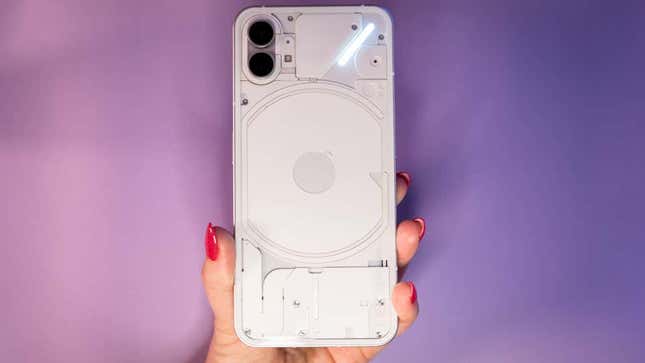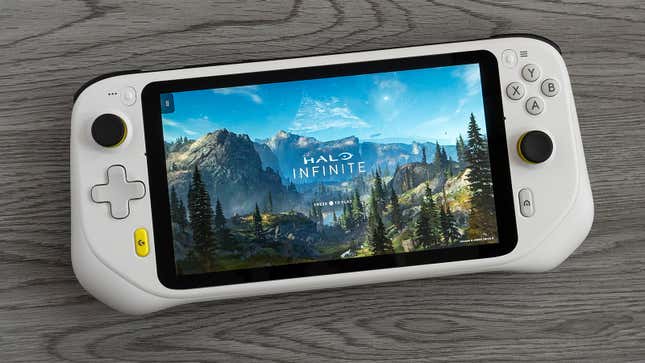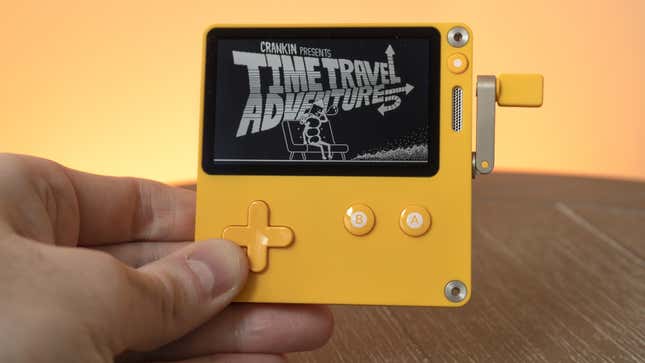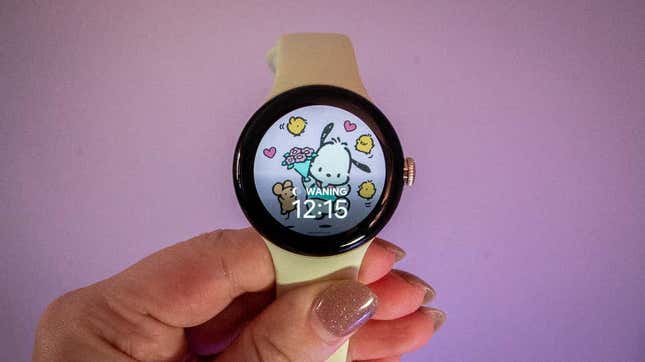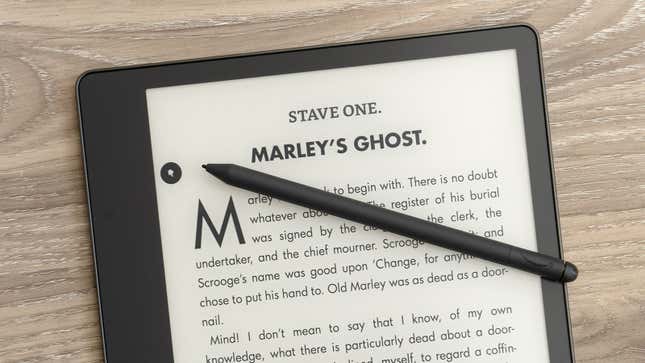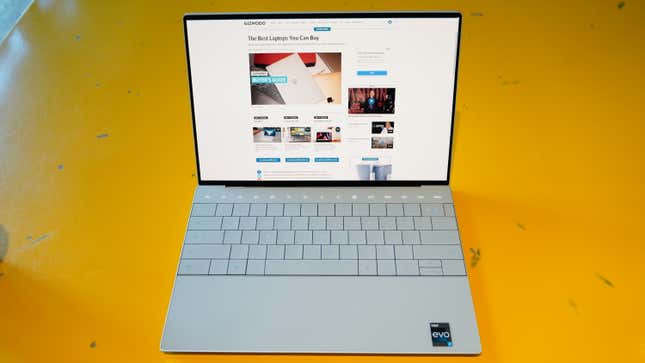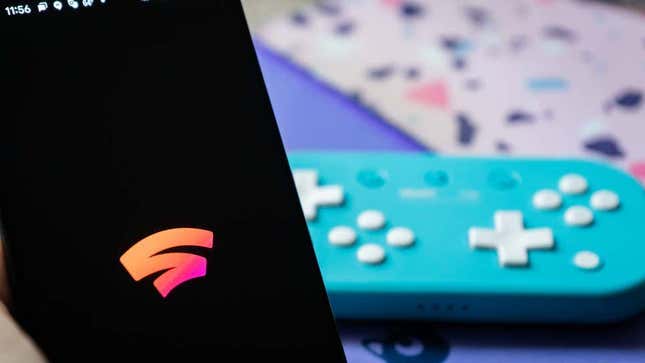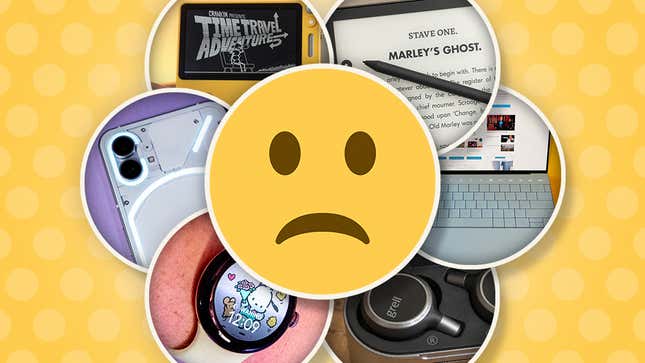
Consumer tech is a big umbrella, and as many great innovations as 2022 saw, the law of averages means there’s going to be some that don’t quite live up to their potential. Whether something had a lot of promise and didn’t fully deliver, or instead was just kind of sketch the whole time, there’s a lot of things that could land it a spot in our “most disappointing” list. If you see your product here, we’re not mad. We just know you can do better.
